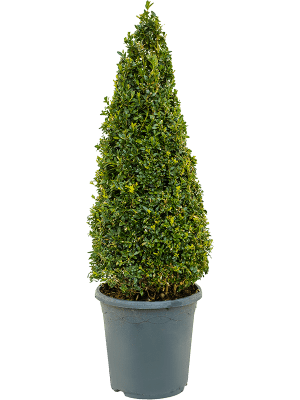Origin
The Thuja occidentalis 'Golden Smaragd' is originally from the east of North America. This tree species, also commonly known as an Arborvitae, has been extensively planted in Europe and North America for landscape and horticultural purposes since the past. It belongs to the cypress family, which is well-known for its lush green and needle-like leaves.
Characteristics
The 'Golden Smaragd' is a variety of the Arborvitae that is characterized by its compact growth and golden tips of the branches. The needles are small, scale-like, and give off a pleasant scent when rubbed. It is a fast-growing species that can reach a height of approximately 5-12 metres when mature, and a width of 2-3 metres. The cones of the 'Golden Smaragd' are small, around 1 cm, and turn a light brown colour when fully mature.
Care
The Thuja occidentalis 'Golden Smaragd' prefers a sunny or semi-shaded location with well-draining soil. Although it is tolerant to various temperatures and conditions, it tends to develop brown patches in severe frost. This plant requires moderate watering and will need regular irrigation during dry periods. Pruning can take place in the spring or early summer to control the shape and size. The Thuja is a resilient plant and is not very susceptible to diseases or pests.
